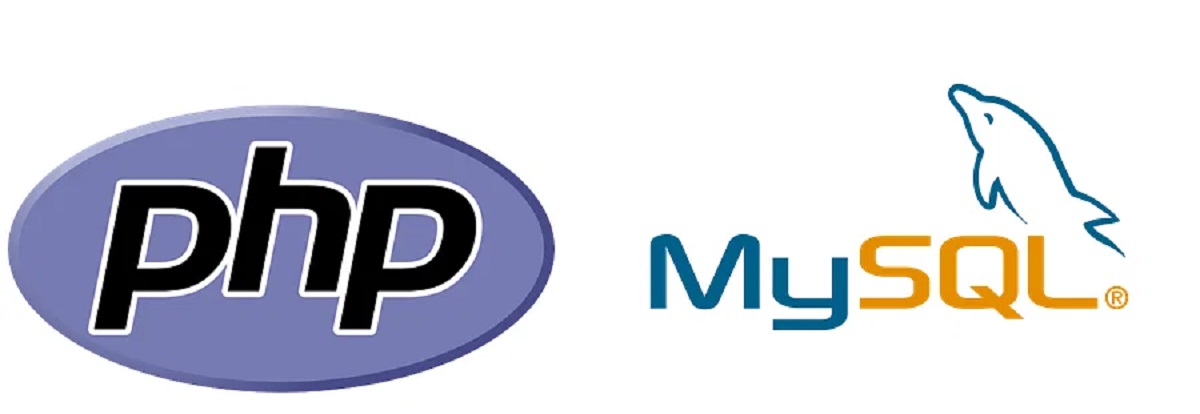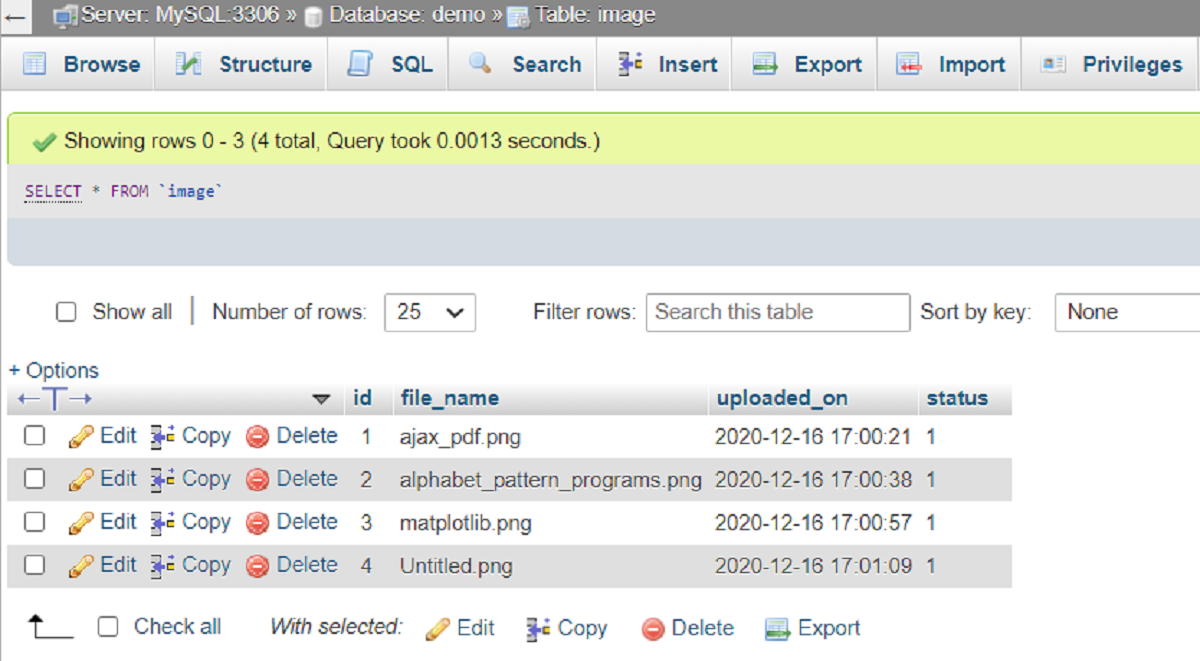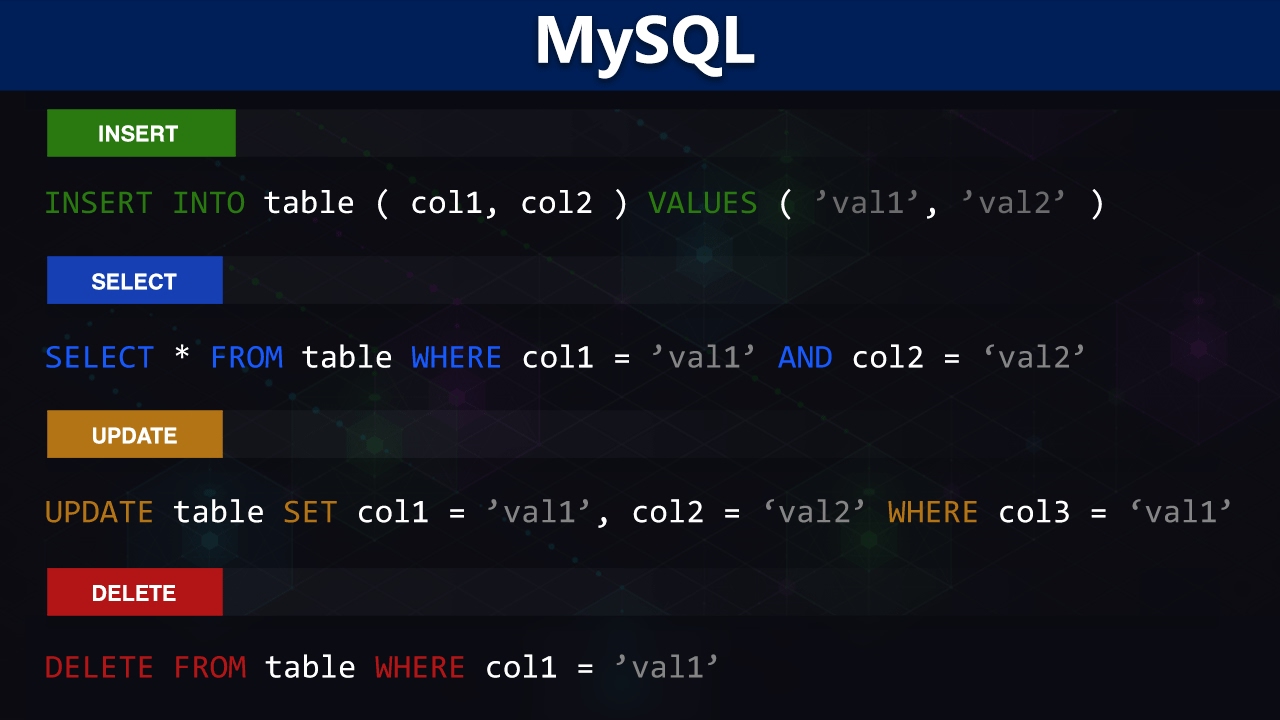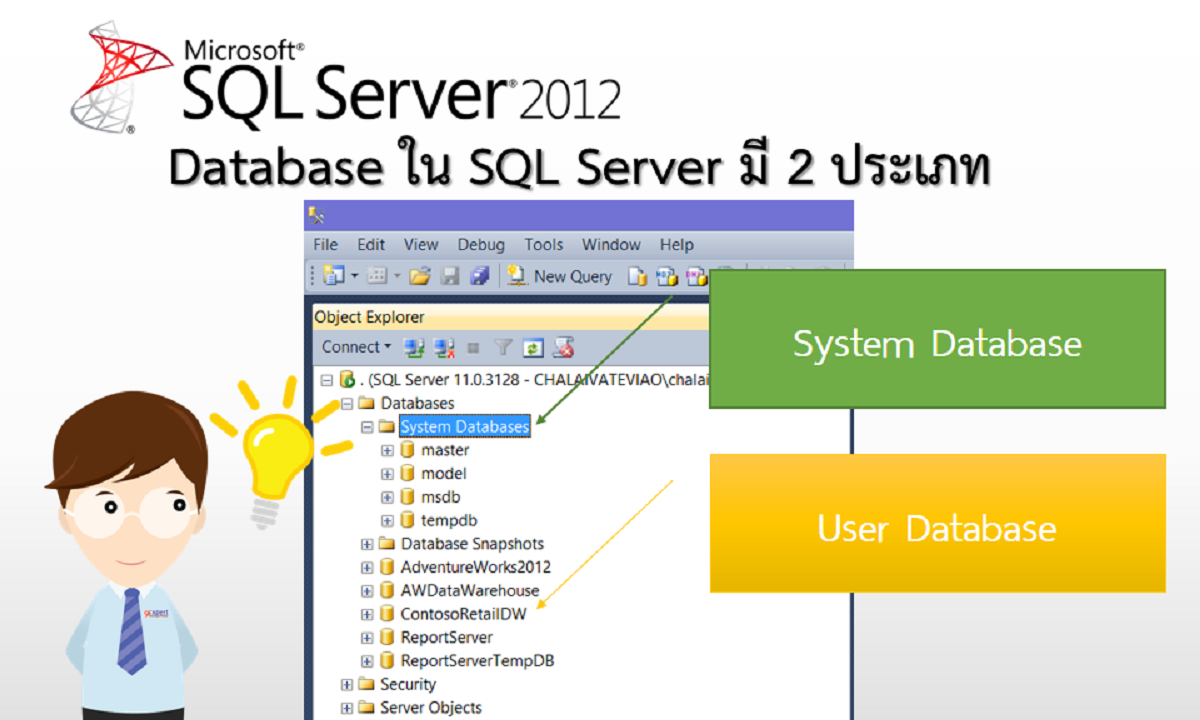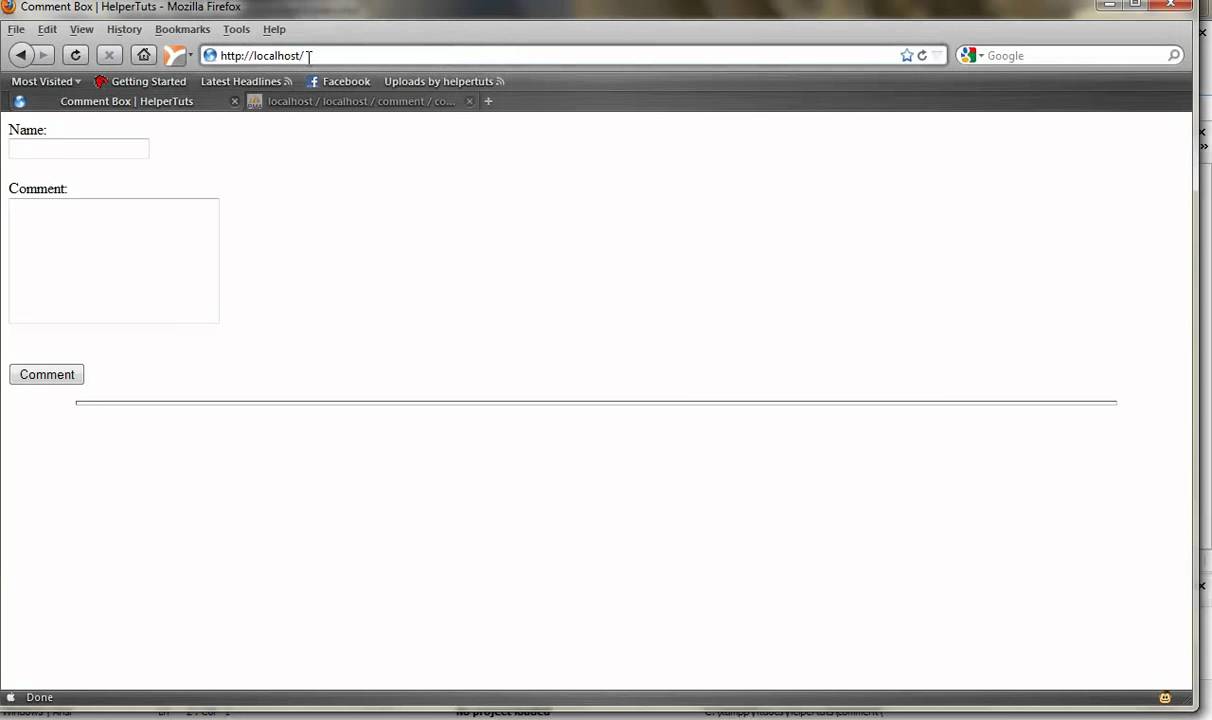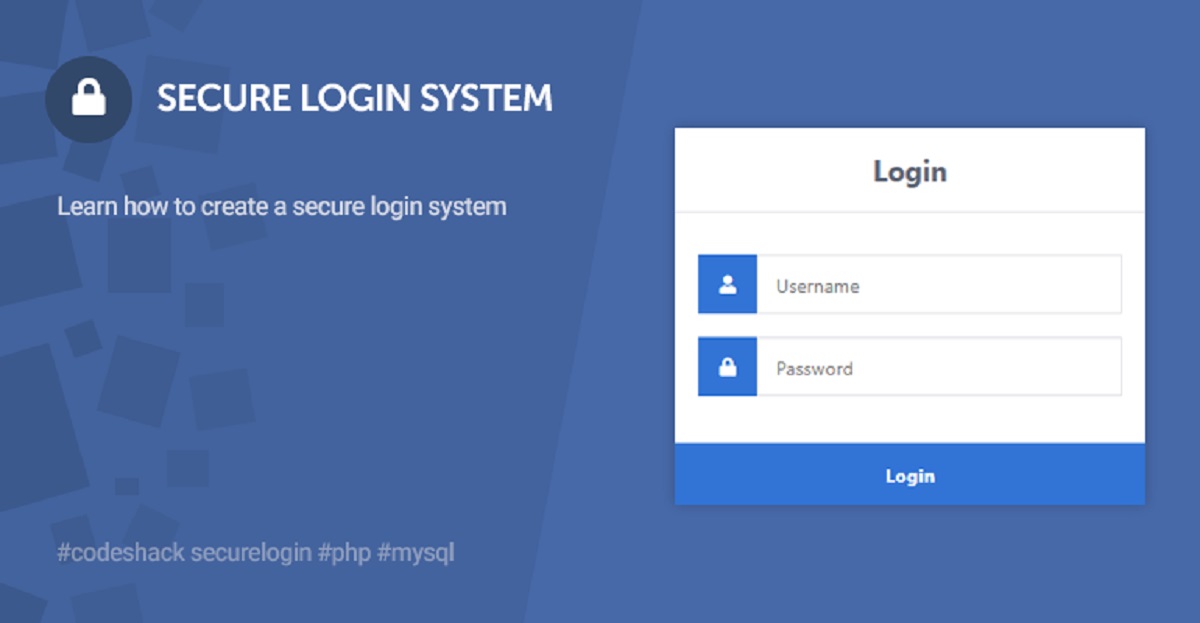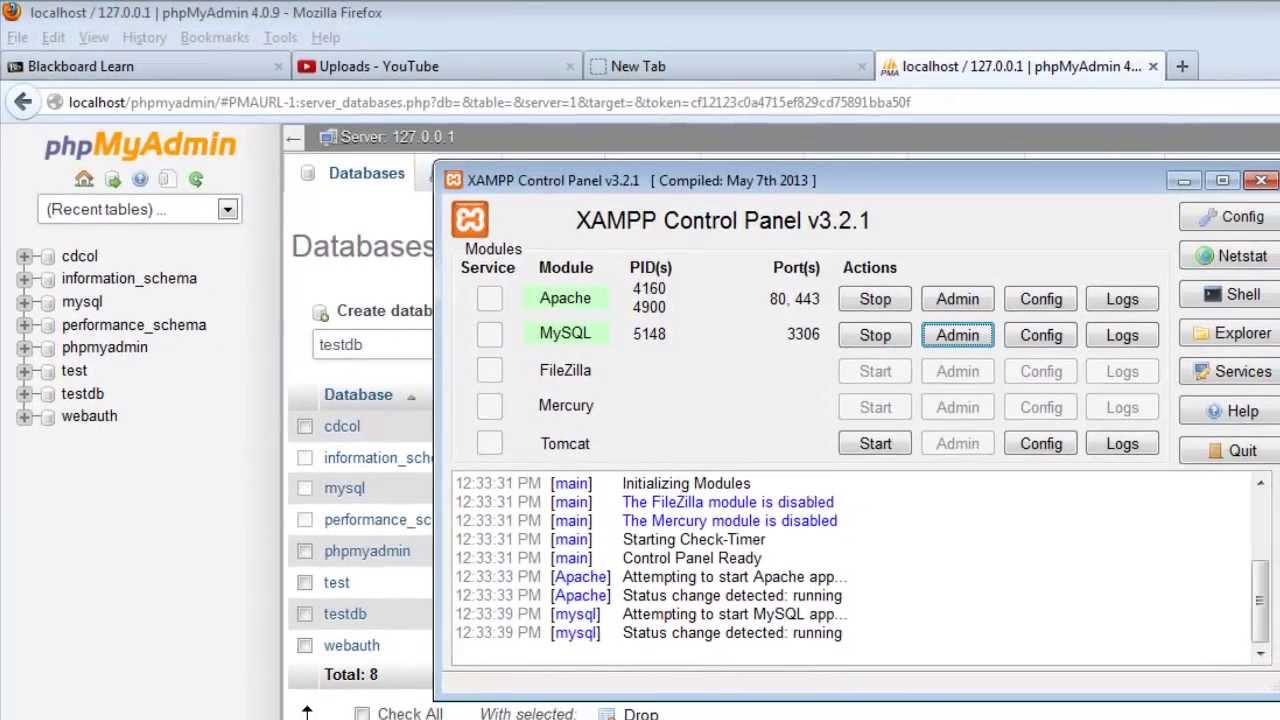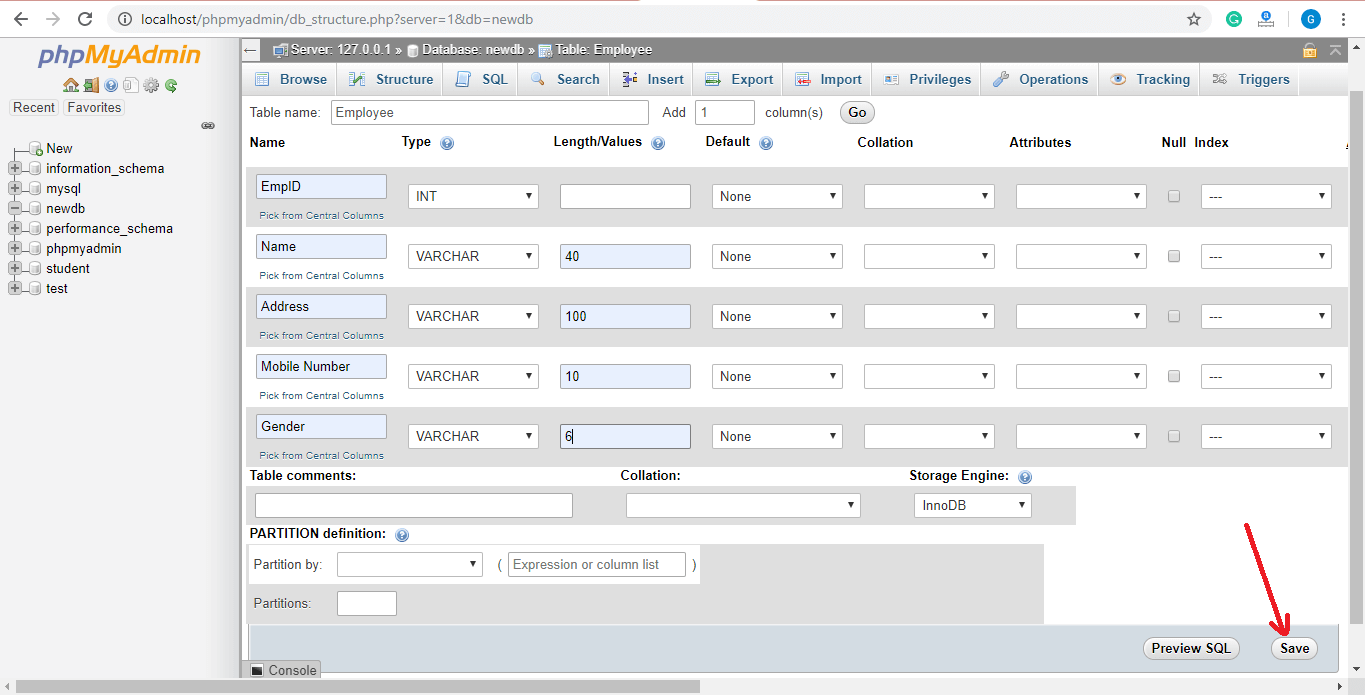Introduction
Welcome to the world of web development! In this article, we will explore the powerful duo of PHP and MySQL and how they work together to create dynamic and interactive websites. Whether you are new to web development or an experienced programmer, understanding the fundamentals of PHP and MySQL is essential for building robust and scalable web applications.
PHP, which stands for Hypertext Preprocessor, is a server-side scripting language that is widely used for web development. It is an open-source language, meaning it is freely available and constantly evolving. PHP allows developers to create dynamic web pages by embedding PHP code within HTML. With PHP, you can easily interact with databases, handle forms, and perform various server-side tasks.
On the other hand, MySQL is a popular open-source relational database management system (RDBMS) that is often used in conjunction with PHP. It provides a structured way to store and retrieve data, making it an ideal choice for dynamic websites. MySQL uses a special language called Structured Query Language (SQL) to manage databases and execute queries.
Now, you might be wondering why PHP and MySQL are such a powerful combination. Well, PHP allows you to write dynamic code that can interact with MySQL databases seamlessly. With PHP and MySQL, you can easily retrieve data from a database, update records, insert new data, and perform complex queries.
One of the main advantages of using PHP and MySQL is their compatibility and cross-platform support. They can run on various operating systems like Windows, macOS, and Linux, which makes them versatile and accessible to a wide range of developers. Additionally, both PHP and MySQL have large and active communities, providing extensive documentation, resources, and support.
In the following sections, we will dive deeper into the specifics of PHP and MySQL, including their similarities, differences, and how they work together. We will also explore the advantages of using this dynamic duo and discuss some popular use cases. So, buckle up and get ready to unleash the power of PHP and MySQL!
What is PHP?
PHP, which stands for Hypertext Preprocessor, is a popular server-side scripting language used for web development. It was originally created in 1994 by Rasmus Lerdorf and has since become one of the most widely used programming languages for building dynamic websites and web applications.
One of the key features of PHP is its integration with HTML. PHP code can be embedded directly into HTML files, allowing developers to create dynamic web pages that can interact with databases, perform calculations, manipulate files, and more. This seamless integration of PHP and HTML makes it easy to build dynamic and interactive websites.
PHP follows a procedural programming paradigm, meaning that it executes a sequence of predefined instructions. It is known for its simplicity and ease of use, making it an ideal choice for beginners and experienced developers alike. Additionally, PHP has a vast standard library and a strong ecosystem of open-source frameworks and libraries, further boosting its versatility and productivity.
One of the main advantages of PHP is its cross-platform compatibility. It can run on various operating systems, including Windows, macOS, Linux, and more. This makes it accessible to a wide range of developers and allows them to deploy PHP applications on their preferred platforms.
Another key feature of PHP is its support for a wide range of databases, with MySQL being one of the most popular choices. PHP can easily connect to MySQL databases, allowing developers to perform various database operations, such as querying, retrieving, updating, and deleting data.
PHP also supports other databases, such as PostgreSQL, Oracle, Microsoft SQL Server, and more. This flexibility in database integration makes PHP a versatile language for managing and manipulating data in web applications.
Overall, PHP is a powerful and flexible server-side scripting language that enables developers to build dynamic and interactive websites. Its simplicity, versatility, and compatibility with various databases make it a popular choice among web developers worldwide.
What is MySQL?
MySQL is a popular open-source relational database management system (RDBMS) that is widely used for managing and organizing data in web applications. It was first developed by a Swedish company called MySQL AB, which was later acquired by Oracle Corporation. MySQL is known for its reliability, performance, and ease of use, making it a top choice for developers working with databases.
MySQL uses a special language called Structured Query Language (SQL) to interact with databases. SQL allows developers to define the structure of the database, manipulate data, and perform various queries to retrieve and modify information stored in the database.
One of the key features of MySQL is its scalability. It can handle large amounts of data efficiently and support multiple concurrent users accessing the database simultaneously. This scalability makes MySQL a reliable choice for applications that require high performance and can handle heavy traffic.
MySQL offers a wide range of storage engines, such as InnoDB, MyISAM, and more, each with its own advantages and characteristics. These storage engines determine how data is stored, accessed, and managed within the database, allowing developers to optimize performance based on specific application requirements.
One of the major benefits of MySQL is its compatibility with various operating systems, including Windows, macOS, Linux, and more. This cross-platform compatibility enables developers to deploy MySQL databases on a wide range of systems, making it flexible and accessible.
In addition to its compatibility, MySQL also offers strong security features. It provides authentication mechanisms, user roles and privileges, encryption support, and auditing capabilities to ensure the confidentiality and integrity of the data stored in the database.
Furthermore, MySQL has a thriving community of developers who actively contribute to its development and provide support. The community-driven nature of MySQL ensures continuous improvements, bug fixes, and the availability of numerous resources, including documentation, forums, and plugins.
Overall, MySQL is a powerful and reliable relational database management system that plays a critical role in web application development. Its scalability, cross-platform compatibility, security features, and active community make it an excellent choice for managing and manipulating data in a wide range of applications.
Similarities and Differences between PHP and MySQL
While PHP and MySQL are both integral components of web development, they serve different purposes and have distinct characteristics. Let’s explore the similarities and differences between these two technologies:
Similarities:
- Both PHP and MySQL are open-source technologies, meaning they are freely available and have vibrant communities contributing to their development.
- Both PHP and MySQL have widespread cross-platform compatibility, allowing developers to deploy their applications on various operating systems.
- PHP and MySQL both have extensive documentation and resources available, making it easier for developers to learn and troubleshoot issues.
- Both PHP and MySQL are widely used in combination for building dynamic websites that interact with databases.
- Both PHP and MySQL have a focus on performance, with features and optimization techniques that improve the speed and efficiency of web applications.
Differences:
- Purpose: PHP is a server-side scripting language used for creating dynamic web pages, while MySQL is a database management system used for storing and managing data.
- Syntax: PHP uses a mix of HTML and PHP syntax, allowing developers to embed PHP code directly into HTML files, while MySQL uses SQL (Structured Query Language) for managing databases and executing queries.
- Coding Structure: PHP follows a procedural programming paradigm, executing a sequence of predefined instructions, while MySQL focuses on the querying and manipulation of databases.
- Usage: PHP is used primarily for executing server-side logic, handling form submissions, and generating dynamic content, while MySQL is used for creating, updating, retrieving, and deleting data stored in databases.
- Tools and Functions: PHP has a wide array of built-in functions and libraries for various web development tasks, such as file handling, form validation, and data manipulation. MySQL specializes in database-related operations, providing functions and features for creating tables, managing data integrity, and performing complex queries.
Despite their differences, PHP and MySQL complement each other perfectly in web development. PHP provides the logic and processing power to create dynamic web pages, while MySQL acts as the storage and retrieval engine for managing data. Together, PHP and MySQL enable developers to build robust, interactive, and data-driven websites and applications.
How PHP and MySQL Work Together
PHP and MySQL are often used in conjunction to build powerful web applications that involve storing, retrieving, and manipulating data. Understanding how the two technologies work together is crucial for designing efficient and functional websites. Here’s how PHP and MySQL collaborate:
Connecting PHP to MySQL:
In order to interact with a MySQL database, PHP needs a connection to the database server. This connection is established using the mysqli extension or the PDO (PHP Data Objects) extension, both of which provide methods and functions for connecting to the MySQL database server.
Executing Database Queries:
Once the connection is established, PHP can execute SQL queries to retrieve, insert, update, or delete data in the MySQL database. The SQL queries can be executed using the mysqli extension or PDO, which provide functions for preparing and executing SQL statements.
Retrieving Data:
PHP can retrieve data from MySQL using SELECT queries. The retrieved data is then stored in PHP variables or arrays, allowing developers to manipulate and display the data on web pages dynamically.
Inserting and Updating Data:
PHP can insert new data into MySQL using INSERT queries and update existing data using UPDATE queries. This allows developers to insert user-submitted form data into the database or modify existing records.
Fetching and Displaying Data:
Once the data is retrieved from MySQL, PHP can use loops and conditional statements to process and display the data on web pages. This enables dynamic content generation based on the information stored in the database.
Closing the Connection:
After executing the necessary database operations, it is important to close the connection between PHP and MySQL. This ensures proper resource management and frees up system resources.
Handling Errors:
Throughout the process, it is important to handle any errors that may occur when interacting with the database. PHP provides error handling mechanisms that enable developers to identify and resolve any issues that may arise during the execution of SQL queries.
Overall, PHP and MySQL work together seamlessly to create dynamic and data-driven web applications. PHP acts as the scripting language that interacts with the front-end HTML and executes server-side logic, while MySQL provides the backend storage and retrieval of data. Together, these technologies empower developers to create websites that are capable of handling complex data operations and delivering a dynamic user experience.
Advantages of Using PHP and MySQL
Using PHP and MySQL in web development offers a multitude of advantages for developers and businesses alike. Let’s explore some of the key advantages of using these technologies:
1. Easy to Learn and Use:
Both PHP and MySQL have a low learning curve, making them accessible to beginners. The simplicity of PHP’s syntax and the intuitive nature of MySQL’s SQL make it easier to grasp the fundamentals and start building web applications quickly.
2. Open-Source and Cost-Effective:
PHP and MySQL are open-source technologies, meaning they are freely available for use and modification. This not only reduces the cost of web development but also allows for a large community of developers who contribute to their improvement, resulting in continuous updates and enhancements.
3. Platform Compatibility:
PHP and MySQL are designed to be cross-platform compatible, meaning they can run on various operating systems such as Windows, macOS, and Linux. This flexibility ensures that your web applications can be deployed on a wide range of platforms, reaching a larger audience.
4. Database Integration:
PHP seamlessly integrates with MySQL, enabling developers to perform a wide range of database operations easily. This integration allows for efficient data manipulation and retrieval, making it ideal for building robust and scalable web applications that require complex database functionality.
5. Performance and Scalability:
PHP and MySQL are designed to handle high traffic and large volumes of data. PHP’s efficient code execution and MySQL’s optimized storage engines ensure fast and reliable performance even under heavy loads. This scalability ensures that your web applications can handle growth and increased user demand.
6. Flexibility and Extensibility:
PHP, being a dynamically typed language, offers flexibility in coding, allowing developers to adapt and modify their code easily. Additionally, both PHP and MySQL provide extensive community-driven libraries and frameworks that can be leveraged to extend functionality and expedite development.
7. Security:
PHP and MySQL offer robust security features to protect sensitive data. PHP supports secure coding practices, such as input validation and output escaping, to prevent common vulnerabilities like SQL injection attacks. MySQL provides authentication mechanisms and encryption options to ensure data privacy and integrity.
8. Wide Community Support:
PHP and MySQL have thriving communities of developers who actively contribute to their improvement. This results in a vast pool of resources, online forums, tutorials, and support, enabling developers to troubleshoot issues and find solutions quickly.
9. Versatile Usage:
PHP and MySQL can be used for a wide range of applications, from simple websites to complex web applications and content management systems. Their versatility allows developers to build custom solutions based on specific business needs, offering endless possibilities for web development projects.
Overall, the combination of PHP and MySQL is a powerful and popular choice for web development, offering numerous advantages in terms of simplicity, cost-effectiveness, performance, scalability, flexibility, security, and extensive community support. Utilizing these technologies can result in efficient and robust web applications that meet the demands of modern businesses.
Popular Uses of PHP and MySQL
PHP and MySQL are widely used in various industries for developing dynamic and data-driven websites and web applications. Let’s explore some of the popular use cases where PHP and MySQL shine:
1. Content Management Systems (CMS):
PHP and MySQL form the backbone of many popular content management systems, such as WordPress, Joomla, and Drupal. These CMS platforms utilize PHP’s flexibility and MySQL’s database capabilities to create dynamic websites with easy content management, customization, and extensibility.
2. E-commerce Websites:
PHP and MySQL power numerous e-commerce websites, allowing businesses to create robust online stores with features like product catalogs, shopping carts, secure payment processing, and order management. Platforms like WooCommerce and Magento rely heavily on PHP and MySQL to provide a seamless shopping experience.
3. Social Networking Platforms:
Many popular social networking platforms, including Facebook, LinkedIn, and Twitter, rely on PHP and MySQL for their core functionalities. These technologies enable users to create profiles, interact with one another, post updates, and access personalized content securely and in real-time.
4. Web Forums and Discussion Boards:
PHP and MySQL are commonly used in community-driven websites and discussion forums, such as phpBB and vBulletin. These platforms enable users to post questions, engage in discussions, and share knowledge within a structured and interactive environment.
5. Web-based Applications:
PHP and MySQL are ideal for building web-based applications, such as project management tools, customer relationship management (CRM) systems, inventory management systems, and employee portals. These applications leverage PHP’s server-side scripting capabilities and MySQL’s data storage and retrieval functionalities.
6. Online Booking and Reservation Systems:
PHP and MySQL are commonly used in the development of booking and reservation systems for hotels, airlines, restaurants, and event management. These systems enable users to easily book and manage their reservations, check availability, and process payments securely.
7. Data Analytics and Reporting:
PHP and MySQL can be utilized for data analytics and reporting in businesses. By retrieving and analyzing data stored in MySQL databases, PHP can generate interactive reports, visualizations, and dashboards, providing valuable insights for decision-making processes.
8. Educational Platforms:
Many educational platforms and learning management systems, such as Moodle and Blackboard, utilize PHP and MySQL for creating interactive and engaging online courses, managing student enrollment, and tracking progress and performance.
9. Personal Projects and Small Websites:
PHP and MySQL are often the go-to choice for personal projects, small websites, and portfolios. Their ease of use, wide availability of resources, and cost-effectiveness make them accessible to individuals who are looking to build their online presence or showcase their work.
These are just a few examples of the countless use cases for PHP and MySQL. Their versatility, compatibility, and extensive community support make them the go-to combination for building a wide range of dynamic and feature-rich web applications tailored to specific needs.
Conclusion
In conclusion, PHP and MySQL are a dynamic duo in the world of web development. PHP serves as the server-side scripting language, allowing developers to create dynamic and interactive web pages, while MySQL acts as the database management system, providing a reliable and efficient way to store and retrieve data.
Together, PHP and MySQL offer numerous advantages. They are easy to learn and use, cost-effective due to their open-source nature, and compatible with various platforms. The seamless integration of PHP and MySQL enables developers to build robust web applications that handle complex data operations and deliver a dynamic user experience.
From content management systems and e-commerce websites to social networking platforms and online booking systems, PHP and MySQL power a wide range of applications across different industries. Their flexibility, scalability, and security features make them suitable for small personal projects as well as large-scale enterprise applications.
Furthermore, PHP and MySQL have vibrant communities that actively contribute to their development and provide extensive resources and support. This makes it easier for developers to get started, troubleshoot issues, and find solutions.
Whether you are a beginner starting your web development journey or an experienced developer looking to create feature-rich web applications, PHP and MySQL offer the tools and capabilities necessary to bring your ideas to life.
So, embrace the power of PHP and MySQL and leverage their strengths to build innovative and impactful web applications that meet the demands of today’s digital landscape.







